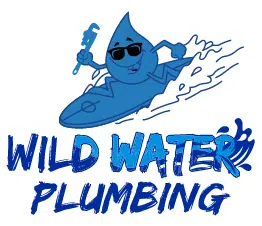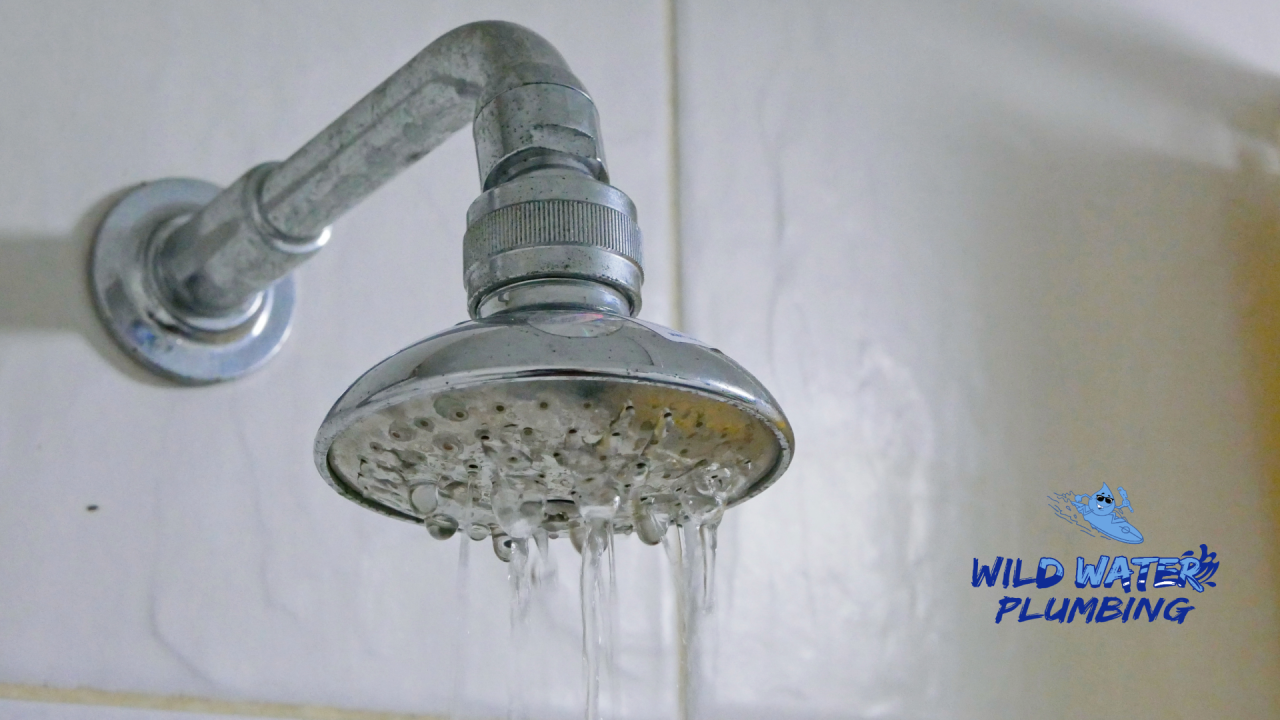Low water pressure can be frustrating and impact showering, doing dishes, and laundry.
The underlying causes could assist in diagnosing and resolving the issue.
The common causes of low water pressure are outlined below:
Leakages in Plumbing System Hidden Leaks:
Undiscovered leakages in pipes, fixtures, or gadgets may bring down water pressure by diverting water from its course.
Signs of Leaks: Leaks might be noticed in unusually high water bills, damp spots, or mold growth.
Clogged Pipes or Fixtures Buildup of Minerals:
Minerals like calcium and lime can accumulate inside pipes over time in locations where the water has hard water.
Blocked Aerators & Showerheads: Deposits can clog aerators on showerheads and faucets, lowering water flow at various points of the house.
Corroded Pipe Aging Infrastructure:
Older homes with galvanized and corroded pipes might have much less internal diameter, preventing water flow.
Rust & Sediment: Corrosion may deposit rust particles and sediment, constricting pipes.
Faulty Pressure Regulator Malfunction:
The pressure regulator adjusts the water pressure entering your house.
If it is defective or incorrectly adjusted, it can cause low pressure.
Location: Generally found where the main water line enters the house.
Issues with the Municipal Water Supply High Demand:
During peak usage times, the municipal supply might be unable to maintain pressure.
Maintenance Work: Water supply system fixes or upgrades might temporarily lower pressure.
Source Problems: Contamination or disruptions at the water source (reservoirs, treatment plants) could impact overall pressure.
Elevation & Distance from Water Source Height of Building:
Gravity could produce reduced pressure on higher floors in multi-story structures.
Distance from Water Source: Homes far from the municipal supply or well might have lower pressure.
Valves that are partly Closed and Malfunctioning Main Shutoff Valve:
If the main valve isn’t completely open, it might block water circulation throughout the house.
Local Valves: Valves controlling particular areas or fixtures might be partly closed or defective.
Poor Pipe Sizing
Pipes too narrow for the household water demand could develop low pressure, particularly when used concurrently.
Solution: Changing to bigger diameter pipes might boost flow rates.
Water Heater Sediment Buildup:
With time, sediment can build up inside the water heater tank, limiting warm water circulation.
Anode Rod Deterioration: A worn-out anode rod could cause tank corrosion and decreased efficiency.
Neighbor Usage of Shared Water Lines:
In neighborhoods with shared water lines, simultaneous usage by several households can temporarily lower pressure.
Peak Times: Morning and evening hours generally bring more demand and, therefore, pressure.
Building-Wide Pressure Loss After Renovations:
Poorly done plumbing renovations might introduce new restrictions or leaks.
Venting Problems: Pressure imbalances might result from poorly ventilated plumbing systems.
Low Water Pressure Diagnosis
Identify the root causes using these steps:
- Check Multiple Fixtures: Decide whether the low pressure is house-wide or localized.
- Check for Leaks: Look for leakages and watch your water bill for strange increases.
- Test Water Pressure: Measure the water pressure at many places around your house with a pressure gauge.
- Examine the Pressure Regulator: If present, ensure it works or call in an expert for adjustment or replacement.
- Consult with Neighbors: Decide if the issue is localized to your house or impacts others in your town (it might be a municipal supply problem).
If fundamental troubleshooting fails, you might have to call a certified plumber.
Our plumbers can:
- Conduct an inspection to locate hidden leaks or pipe problems.
- Corrode or ruined pipes may be replaced or repaired.
- Replace or even adjust defective pressure regulators.
- Advice on upgrading pipe sizes or other infrastructure enhancements.
Addressing low water pressure early can prevent further problems and guarantee a reliable and consistent water supply for your household.

